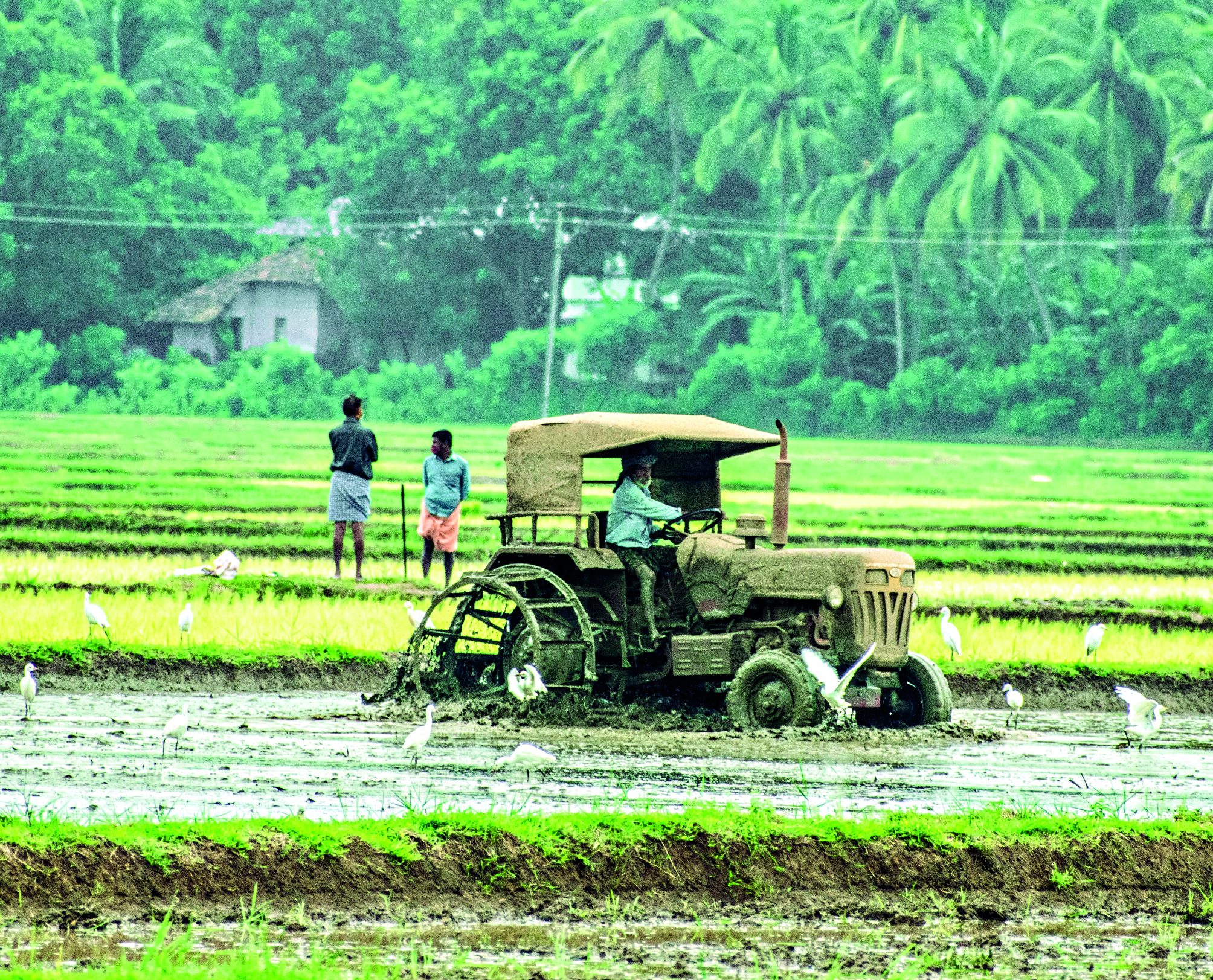Searching for New-Age Solutions
Agriculture and allied sectors are not untouched by the adverse effects of climate change, and require urgent adaptation measures through sustainable practices, use of AI and other technologies to preserve productivity, protect livelihoods, and ensure global food security

In the preceding articles, we have been discussing Mitigation issues: i.e. those initiatives that will require us to reduce and phase out emissions. However, carbon dioxide and other greenhouse gases stay in the atmosphere for hundreds of years and their emission is still rising. As a result of this, we are experiencing global warming, which in turn is leading to erratic weather and extreme weather events. While the effect of these changes is felt in all countries, the maximum impact is felt by low-income countries and island countries.
Even within these countries, the poor are the most affected because of their limited resources to adapt to the changes. In particular, the whole ecosystem of the poor gets affected, including their worsened working and living conditions on account of extreme heat, impact on agriculture because of erratic monsoons, the adverse effect on soils and the impact on animal husbandry. In the coming articles, we will discuss various issues related to Adaptation. Recall that developing countries have been pushing for giving equal importance to Adaptation measures in the various Conference of Parties (COPs).
Agriculture: Impact of Climate Change
Agriculture has to do mainly with the growing of crops for human consumption. Conventional Agriculture involves the use of seeds, tilling of soil and treating it with herbicides, fungicides and pesticides, using fertilisers to enhance productivity and getting water to the soil by irrigation. There are different cropping seasons in different countries, but typically, a plot of agricultural land gives the farmers two or three crops a year.
Conventional agriculture is, however, under threat from extreme heat and erratic monsoons, leading to a variation in agricultural output. The extreme heat has led to drought-like conditions and erratic monsoons have led to irregular water supply, which together have not only reduced productivity, but also altered the cropping seasons of many crops. To add to this, the excessive use of fertilisers, pesticides and herbicides has affected the quality of the soil. The only way out is to take Adaptation measures, which include:
- Planting of drought-resistant crop varieties
- Use of crops with different maturities
- Crop diversification
- More efficient water use with techniques like drip irrigation and preventing water logging
- Better soil management to prevent soil erosion, preserving soil moisture and raising soil alkalinity
- Use of climate forecasting and early warning systems for the help of the farmers
- Integrated pest control management
In addition to the above, there has been a rise in the popularity of regenerative and conservation agriculture, which requires minimum soil disturbance or no-till strategy so that the soil cover is maintained and crop rotation takes place so that the soil gets back its nutrients periodically. Paul Hawken in his Drawdown has discussed both regenerative and conservation agriculture and emphasised its advantages in promoting soil health and raising productivity in the long run. These can also be referred to as sustainable farming methods. The no-till method ensures that the soil is not ploughed and the seeds are planted directly into thesoil. This ensures that the top soil is preserved and the carbon in the soil is sequestered or retained. The rise in the carbon content of the soil improves its quality with increased microbial activity, better water retention and higher fertility and productivity.
Adaptation measures in the future will have to resort to increasing use of technology and Artificial Intelligence. Examples of such use of technology and AI are: increased use of drones for both monitoring farmlands and dispensing fertilisers, use of data from weather forecasts and soil maps to decide on the types and pattern of crops, Intelligent irrigation systems, automated soil sensing and weed detection.
Conclusion
The agriculture sector will continue to be the mainstay for food security in the near future. It is therefore necessary to ensure that agricultural productivity is preserved and enhanced by protecting it from the adverse effects of climate change such as extreme heat and drought and erratic monsoons. The use of innovative technology and AI is also likely to play an important factor in these efforts.
The writer is Additional Chief Secretary, Department of Cooperation, Government of West Bengal



